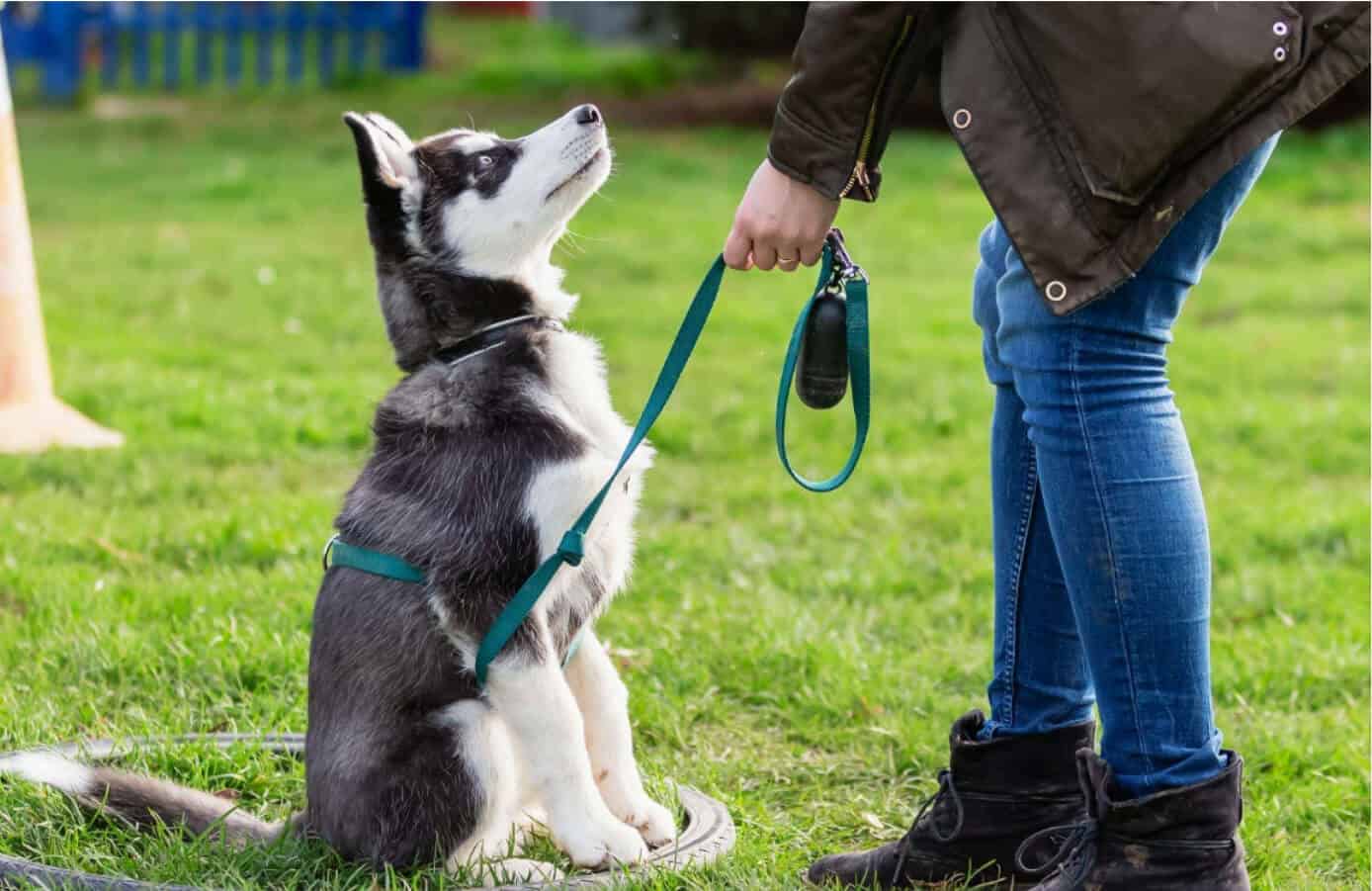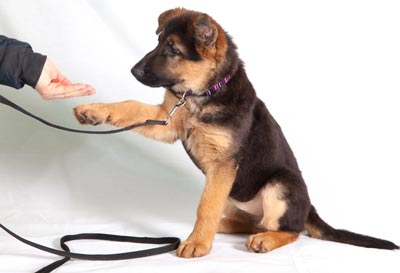Effective Dog Training Tips to Correct Common Behavioral Problems
Effective Dog Training Tips to Correct Common Behavioral Problems
Blog Article
Transform Your Pet's Behavior With Proven Training Methods
Transforming your canine's habits needs a nuanced understanding of their individual traits and needs, as well as the application of tried and tested training methods. By employing positive support and recognizing important signs in their body language, you can effectively address common behavior concerns such as too much barking or leaping. Uniformity in your training technique not only enhances obedience but also cultivates a much deeper bond of trust fund and regard between you and your animal. The course to effective improvement may present unexpected challenges that warrant more expedition.
Recognizing Pet Behavior
Recognizing pet habits is essential for reliable training and interaction between human beings and their canine companions. Pets, as social animals, show a variety of behaviors affected by genes, atmosphere, and experiences - Dog training. Recognizing these habits aids owners customize their training approaches to meet the certain needs of their pet dogs
Secret elements of pet actions consist of body language, vocalizations, and social communications. In addition, socializing plays a crucial role in shaping behavior; canines that communicate positively with other pets and different people are usually extra well-adjusted and versatile.
Furthermore, recognizing stress signals-- such as panting, avoidance, or pacing behaviors-- can stop rise into extra severe issues. Proprietors who are in harmony with their pet dog's actions can develop a nurturing and safe setting, cultivating count on and boosting the training procedure. Eventually, a deep understanding of canine actions lays the structure for an unified connection and effective training results, guaranteeing both pets and their owners grow together.
Favorable Reinforcement Techniques
Favorable support techniques are extensively acknowledged as one of the most reliable techniques for training dogs, cultivating a positive learning setting. This method entails satisfying desired actions with treats, appreciation, or play, thus motivating the dog to duplicate those behaviors. Unlike punitive approaches, positive support builds depend on and strengthens the bond between the pet and the fitness instructor.
To implement positive support effectively, timing is vital. Rewards must be offered right away adhering to the preferred actions to help the canine make the link. Consistency is also crucial; using the exact same commands and incentives aids the dog recognize what is expected. Furthermore, differing the rewards can keep the pet dog involved - Dog training. Rotating in between treats, playthings, and verbal appreciation can keep interest and motivation.
It is crucial to note that favorable support is not concerning bribery; rather, it is about enhancing etiquette. Gradually, as the pet dog discovers to link particular actions with favorable outcomes, the frequency of incentives can be progressively decreased, transitioning to spoken praise or intermittent incentives. This method not only urges obedience yet also advertises a satisfied and positive pet, making training an extra satisfying experience for both celebrations involved.
Addressing Usual Problems
Dealing with common concerns throughout canine training is important for ensuring a harmonious and effective connection in between the pet dog and its owner. Many pet owners encounter behavior difficulties, such as excessive barking, leaping, and leash drawing. Comprehending the origin of these habits is essential for effective training.
To reduce this, give sufficient physical workout, mental excitement, and opportunities for social interaction with both human beings and other canines. Educating the pet dog to rest upon greeting can redirect this habits favorably.
Leash pulling is one more common concern, regularly arising from a pet's passion to check out. Using appropriate chain handling methods, incorporated with training procedures that motivate loose-leash walking, can substantially boost this actions.
Furthermore, problems like resource protecting or separation anxiousness call for tailored methods. Steady desensitization and counter-conditioning can be efficient in dealing with these difficulties. By acknowledging and proactively taking care of these usual concerns, pet proprietors can promote a more here are the findings enjoyable training experience and reinforce the bond with their canine friends.
Consistency in Training

To achieve uniformity, it is important that all participants of the home abide by the same training approaches. For example, utilizing the same spoken cues and hand signals makes sure that the pet dog receives uniform messages. Additionally, the timing of incentives and adjustments need to be constant; prompt reinforcement boosts the likelihood that the pet dog will connect the actions with the outcome.
Normal practice sessions, coupled with organized schedules for feeding, walking, and playtime, help dogs anticipate and comprehend their environment, making why not try here them much more responsive to training. Eventually, uniformity cultivates a sense of safety and trust fund, empowering canines to discover much more efficiently.
Structure a Solid Bond
How can promoting a solid bond between a canine and its proprietor enhance the training experience? When a dog really feels safe in its connection with its owner, it is a lot more likely to show positive behaviors and be responsive to discovering.
Furthermore, a solid bond helps with far better interaction. Canines are adept at reading human hints, and a trusting partnership allows for clearer signals throughout training. Proprietors who spend time in building this bond via play, socializing, and favorable reinforcement produce an environment where dogs really feel motivated and anxious to discover.
In addition, a reputable connection can decrease stress and anxiety and behavior concerns, as dogs are much less likely to act out when they feel recognized and cared for. As a result, focusing on the growth of a strong bond not just enhances the training experience but likewise adds to a happier and a lot more well-adjusted pet. Eventually, the trip of training changes into a collaborative collaboration, bring about lasting behavioral improvements.
Final Thought

Proprietors who are attuned to their canine's actions can create a secure and nurturing environment, cultivating trust fund and boosting the training process. Ultimately, a deep understanding of canine actions lays the structure for an unified connection and effective training end results, making sure both pet dogs and their owners grow together.
Dealing with common concerns during pet training is crucial for making sure a harmonious and successful connection between the pet dog and its owner.Uniformity is a foundation of reliable pet dog training, as it establishes a clear framework for the pet to comprehend habits and expectations.In verdict, changing a dog's habits with shown training methods calls for an understanding of canine habits, the application of positive support techniques, and an emphasis on consistency.
Report this page